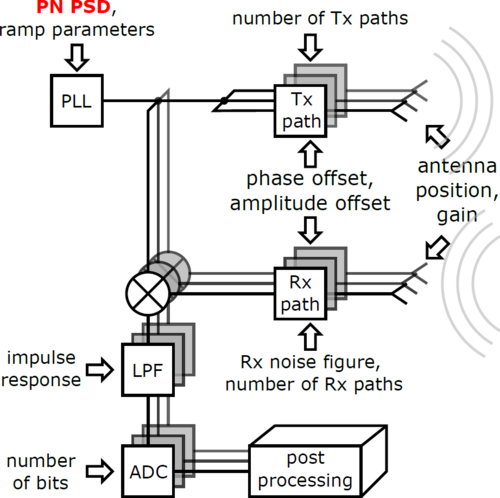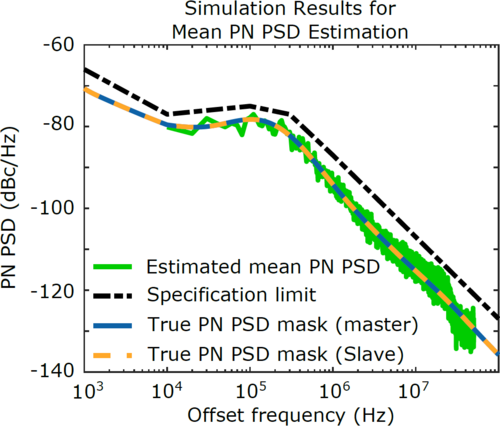Project description
Since the first radar system was successfully tested by Christian Hülsmeyer in 1904, radar sensors were used to determine the range, angle and velocity of objects in many different applications. Due to its unique property of being not effected by adverse lighting and weather conditions it is considered a key technology for modern vehicle safety and comfort systems. Together with ultrasound sensors, lidars, and cameras, frequency modulated continuous wave (FMCW) radar systems form the backbone of advanced driver assistant systems (ADASs) as well as autonomous driving (AD). Since ADASs directly influence the vehicle dynamics, new regulating functional safety (FuSa) requirements, such as the ISO 26262 standard, were introduced. Fulfilling this standard requires not only intensive verification and testing of the product functionality, but also monitoring of safety relevant parameters during operation in order to protect the road users.
The aim of this Ph.D. project is to investigate the impact of selected RF impairments on the radar measurement and further develop monitoring functions for safety relevant parameters using sophisticated signal processing algorithms.
Ph.D. Project Facts
ISP Research Team
Michael Gerstmair
Mario Huemer
Funding
Partners
Duration
July 2016 - Dec. 2019
One of the most limiting impairments of an FMCW radar system in terms of range precision and detection sensitivity is the phase noise (PN) contained in the transmit signal. To fully understand the influence of PN on the radar measurement, a fast and accurate PN simulation environment, including state-of-the-art radar signal processing algorithms for signal evaluation, was implemented [1]. The simulator directly calculates the baseband signal and thereby omits computationally expensive RF rates. This results in very fast simulations, since the baseband bandwidths are typically in the low MHz range.
The thereby acquired knowledge was used to develop a PN monitoring function for high resolution radar sensors [2]. These high resolution radar systems are able to precisely locate and identify objects in their field of view. To provide the therefore required number of transmit and receive channels, multiple radar MMICs are connected, i.e. cascaded. The developed monitoring function estimates the mean PN power spectral density (PSD) of two radar MMICs during operation. This estimation result can subsequently be used to detect if the MMICs generate PN out of specification. Different to most of the existing work, this method uses an application relevant FMCW signal instead of a continuous wave signal. Since PN monitoring functions are indispensable in terms of FuSa for ADAS and future AD, the method was patented, and further publications are in progress.


Publications
2) Gerstmair M., Melzer A., Onic A., Stuhlberger R., Huemer M.: Highly Efficient Environment for FMCW Radar Phase Noise Simulations in IF Domain, in IEEE Transactions on Circuits and Systems II: Express Briefs, Vol. 65, Nr. 5, IEEE, Seite(n) 582-586, 2018
1) Gerstmair M., Melzer A., Onic A., Huemer M.: Phase Noise Power Spectral Density Estimation in Cascaded Automotive Radar Transceiver MMICs: Proceedings of the Asilomar Conference on Signals, Systems, and Computers (ACSSC 2018), IEEE, Seite(n) 1131-1134, 2018